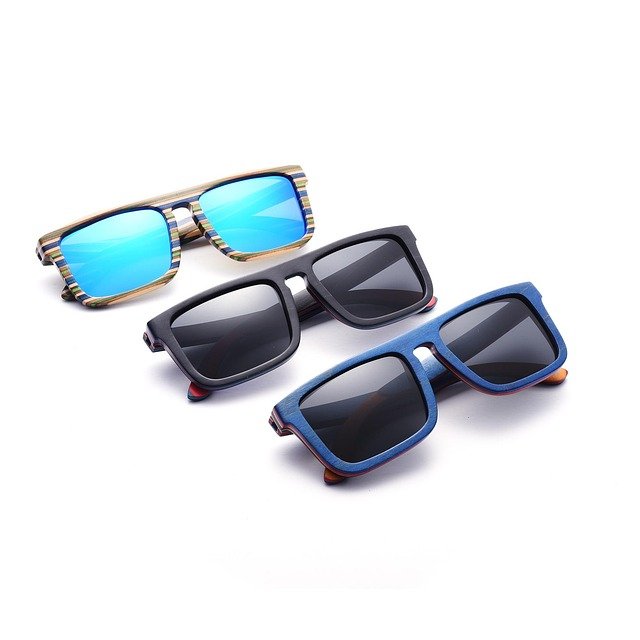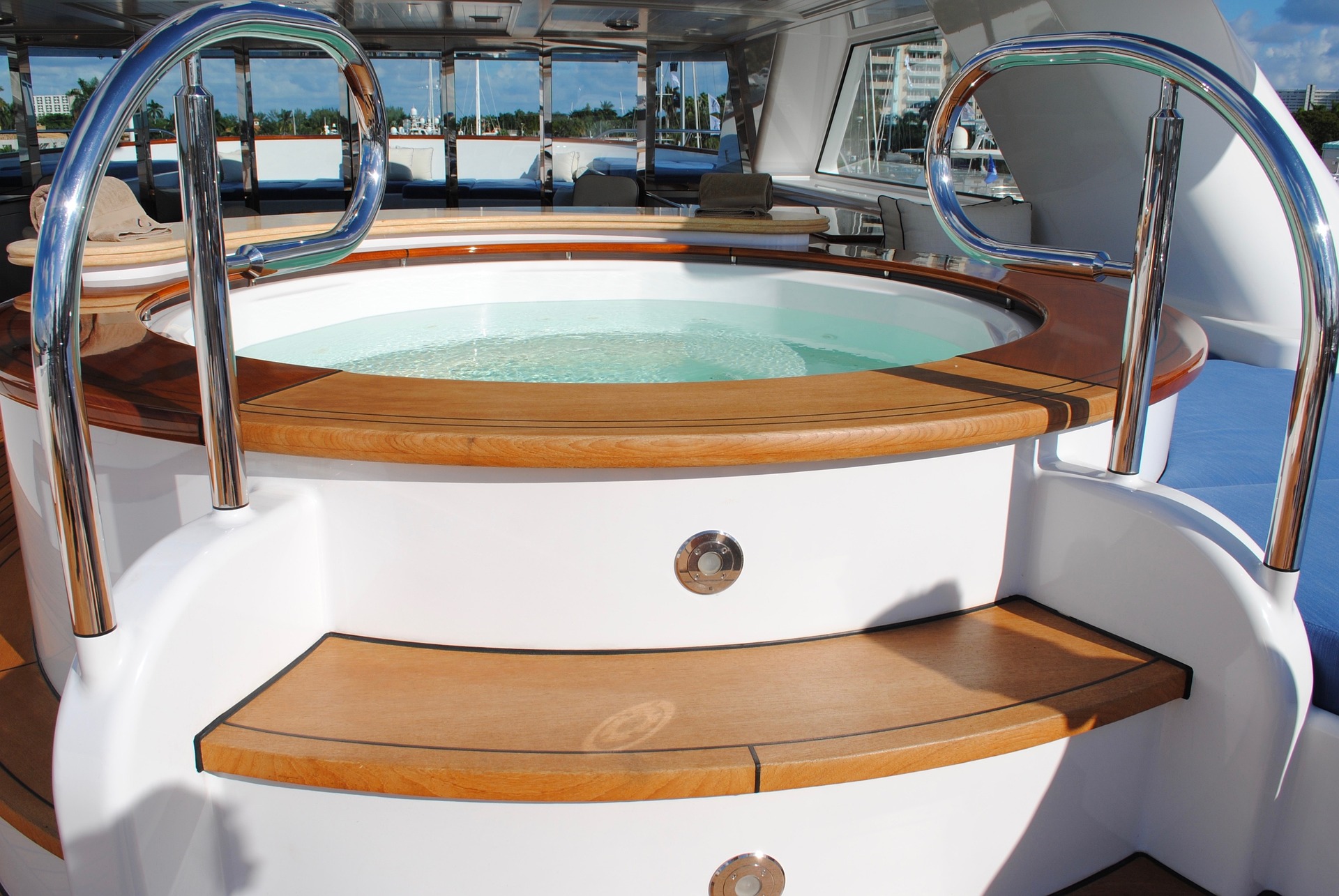Understanding Sunglasses: Function, Selection, and Maintenance Guide
Sunglasses are more than just a fashion statement—they serve as crucial protective eyewear against harmful ultraviolet (UV) rays while enhancing visual comfort in bright conditions. For men navigating outdoor activities or simply seeking eye protection during daily tasks, understanding the functionality and proper selection of sunglasses is essential. This comprehensive guide explores the key aspects of men's sunglasses, from their protective functions to maintenance tips that ensure longevity.

Key Functions of Sunglasses for Men Explained
Sunglasses serve several critical functions beyond simply reducing brightness. First and foremost, quality sunglasses protect eyes from harmful UV radiation, which can cause cataracts, macular degeneration, and other serious eye conditions over time. Look for sunglasses that block 99-100% of UVA and UVB rays for complete protection. Polarized lenses offer another important function by reducing glare from reflective surfaces like water, snow, or roads—particularly valuable for outdoor enthusiasts. Additionally, sunglasses shield eyes from environmental irritants such as dust, wind, and debris, while the tint provides comfort by reducing eye strain in bright conditions. For men who spend considerable time outdoors, sunglasses with wrap-around frames offer extra side protection from peripheral light and elements.
Sunglasses Suitable for Driving and Outdoor Activities
Different outdoor pursuits demand specific sunglass features for optimal performance. For driving, polarized lenses are highly recommended as they significantly reduce glare from the road and other vehicles, improving safety and reducing eye fatigue during long trips. Gray or brown tints work best for driving as they minimize color distortion while providing good contrast. For water sports and fishing, blue-mirror coated polarized lenses excel at cutting through water glare while enhancing visibility beneath the surface. Mountain activities like hiking and skiing benefit from sunglasses with higher visible light transmission (VLT) percentages and amber or rose tints that enhance contrast in variable lighting conditions. Sports-specific sunglasses often feature impact-resistant materials like polycarbonate lenses, secure-fit frames with rubberized contact points, and ventilation features that prevent fogging during intense activity. When selecting activity-specific sunglasses, consider the environment, light conditions, and physical demands of your preferred outdoor pursuits.
Steps to Choose the Right Pair of Sunglasses for Men
Selecting appropriate sunglasses involves several important considerations. Begin by determining your face shape, as this significantly influences which frame styles will complement your features. Oval faces generally suit most frame styles, while rectangular frames balance round faces, and round frames soften angular face shapes. Next, verify UV protection—labels indicating “UV400” or “100% UV protection” are essential for adequate eye safety. Consider lens color based on typical usage: gray lenses provide natural color perception and are versatile for everyday wear; brown or amber lenses enhance contrast and depth perception, making them ideal for driving and variable light conditions; green lenses offer excellent contrast with minimal color distortion; and yellow lenses excel in low-light conditions but aren’t suitable for bright sunlight. Frame durability matters too—acetate provides lightweight comfort and style variety, metal frames offer durability and classic aesthetics, while sports frames typically use nylon-based materials for flexibility and impact resistance. Finally, try on multiple pairs to assess comfort, ensuring they don’t pinch behind the ears or slide down your nose during movement.
Tips for Maintaining Sunglasses in Good Condition
Proper maintenance significantly extends the lifespan of your sunglasses. Always store sunglasses in a protective case when not in use to prevent scratches and structural damage. Clean lenses regularly using a microfiber cloth specifically designed for eyewear—never use paper towels, tissues, or clothing, as these materials can contain abrasive fibers that scratch lenses. For deeper cleaning, rinse glasses with lukewarm water and a tiny drop of mild dish soap, then dry with a clean microfiber cloth. Avoid leaving sunglasses exposed to extreme temperatures, particularly on car dashboards where heat can warp frames and damage lens coatings. Handle frames with care, always using both hands to remove or place sunglasses on your face, and avoid pushing them up onto your head, which stretches the frame over time. For small repairs like loose screws, consider investing in an eyeglass repair kit for quick maintenance. When not wearing your sunglasses, avoid placing them lens-down on any surface to prevent scratches. With these simple but effective maintenance practices, quality sunglasses can provide years of protection and comfort.
Types of Sunglass Lenses and Their Benefits
The lens material and treatment significantly impact sunglass performance and durability. Glass lenses offer superior optical clarity and scratch resistance but are heavier and more prone to shattering upon impact. Polycarbonate lenses provide excellent impact resistance and UV protection while remaining lightweight, making them ideal for active lifestyles and sports. CR-39 plastic lenses balance affordability with decent optical quality but lack the impact resistance of polycarbonate. Beyond base materials, lens treatments enhance functionality—anti-reflective coatings reduce internal reflections and eye strain; hydrophobic coatings repel water and prevent fogging; and scratch-resistant coatings extend lens lifespan. Photochromic lenses automatically adjust their tint based on ambient light conditions, offering versatility for variable environments. Each lens type presents distinct advantages depending on your lifestyle, visual needs, and budget considerations.
Sunglass Price Ranges and Popular Brands
Sunglasses span a wide price spectrum, reflecting variations in materials, construction quality, and brand positioning.
| Price Range | Example Brands | Typical Features |
|---|---|---|
| Budget ($15-50) | Foster Grant, Sungait, Gamma Ray | Basic UV protection, standard materials, limited warranty |
| Mid-Range ($50-150) | Oakley, Ray-Ban, Smith | Polarized options, better durability, branded cases, 1-2 year warranty |
| Premium ($150-300) | Maui Jim, Persol, Oliver Peoples | Superior optics, premium materials, lifetime warranties, specialized lens technologies |
| Luxury ($300+) | Dior, Tom Ford, Cartier | Designer styling, premium materials, brand prestige, extended warranties |
Prices, rates, or cost estimates mentioned in this article are based on the latest available information but may change over time. Independent research is advised before making financial decisions.
Investing in quality sunglasses provides better eye protection, enhanced visual comfort, and improved durability compared to inexpensive alternatives. While designer brands command premium prices, many mid-range options deliver excellent performance and protection without the luxury markup. Consider prioritizing optical quality and appropriate UV protection over brand status when making your selection.
Sunglasses represent an important intersection of health protection, visual performance, and personal style. By understanding their key functions, selecting appropriate styles for specific activities, and maintaining them properly, men can maximize both the protective benefits and longevity of this essential accessory. Whether for driving, outdoor sports, or everyday wear, the right pair of sunglasses enhances both visual comfort and long-term eye health.




